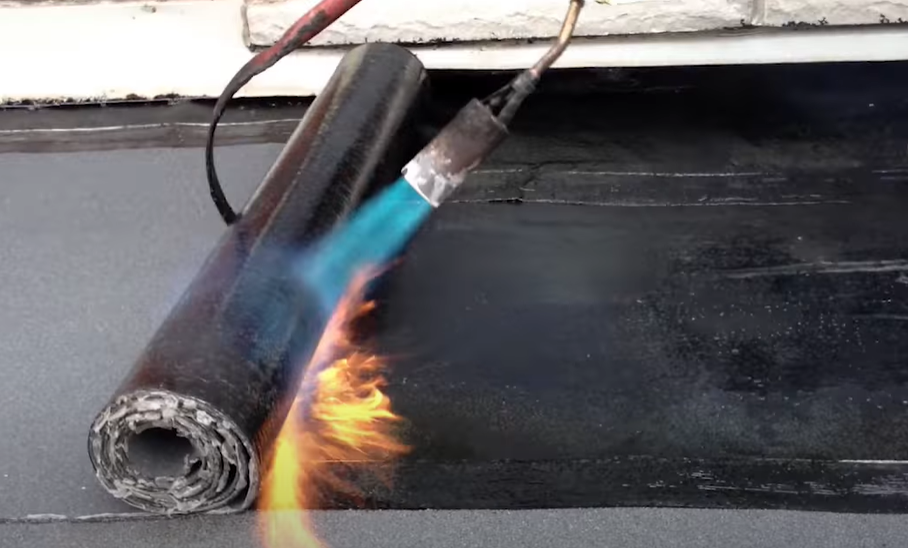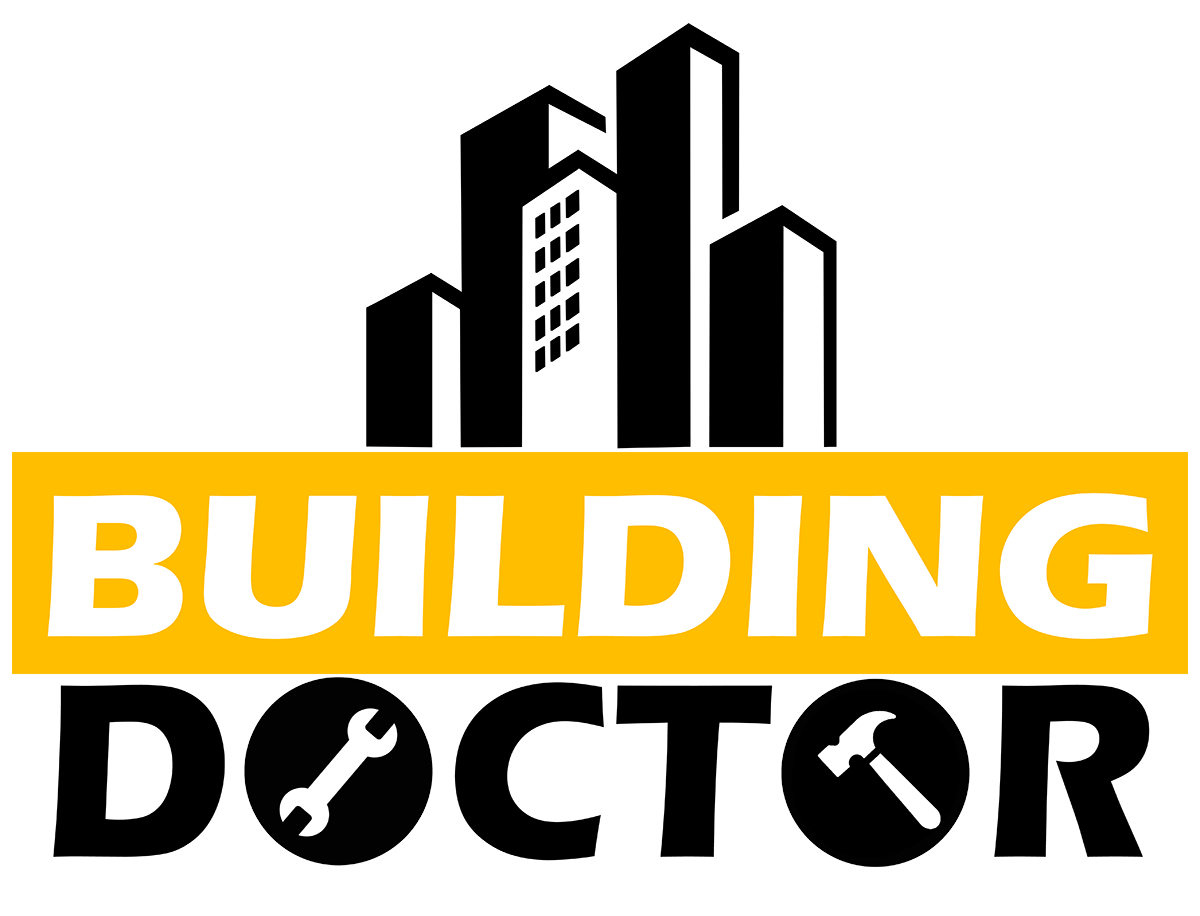Bituminous Sheet Membrane
Waterproofing membrane is a membrane layer laid over a particular surface to prevent water leakage.
Waterproofing membrane is a membrane layer laid over a particular surface to prevent water leakage.

Figure 1: Bituminous Sheet Membrane
A waterproofing membrane is a membrane layer laid over a particular surface to prevent water leakage. Bituminous materials are made by combining organic materials with bitumen. It is viscous, liquid, adhesive, and waterproof. These membranes are usually manufactured in roll form and properly sealed in the factory, which will then be unfolded on-site and applied on the intended surfaces with tar-based adhesive with the aid of blowtorches. The bituminous sheet membrane is generally applicable to most parts of the building structure. It could be applied at the rooftop, balcony, substructure, and outer walls where water accumulation might happen.
Without a doubt, a bituminous sheet membrane has good durability and a long lifespan up to 30 years. It also possesses high resistance against acidic corrosion and impact load. Other than that, it is elastic and can be stretched to cover small cracks. The membrane’s elastic properties also enable it to resist stresses caused by building thermal and structural expansion. For the cons part, the application of the bituminous sheet membrane involves high skilled labour as high-quality workmanship is needed to ensure proper sealing, lapping, and finishing at corners and edges. The applied surfaces must be ensured flat and smooth without any voids, protrusions, or honeycombs.
Some preparation works need to be done before the laying process of the bituminous sheet membrane can start. Firstly, clean the surface that needs to be covered with a bituminous sheet membrane. Before laying the bituminous sheet membrane, the membrane should be checked to ensure proper alignment and no wrinkles are allowed. During the laying process, the torch fire should be applied slowly and uniformly over the membrane roll. All lapping edges between two membrane sheets must be checked carefully to ensure proper adhesion and no air gaps are permitted. If air gaps are present, the respective sheets must be lifted and reinstalled. The membranes are recommended to overlap over one another for at least 3 inches at sides and 6 inches at ends.
Bituminous sheet membrane is the common waterproofing membrane used in the market nowadays. It is suitable for the concrete flat rooftop, underground structures, and also areas that are prone to moisture. It also has long lifespan up to 30 years as compared to its available waterproofing methods on the market. Its elastic properties not only cover any small cracks present on the surface but also enables it to resist stresses arising from thermal and structural expansion.
You cannot copy content of this page
